
Note - Affiliate links may be used in this post, including Amazon affiliate links. I may receive a small commission at no extra cost to you if you use my affiliate link. But don't worry, all the opinions expressed are my own!
Hygge plants to cozy up your home
If you’re looking to add a touch of hygge to your home, there’s no better way than with plants. Houseplants are an easy way to create a cozy atmosphere. Plants add a touch of life and color to any room and can also help purify the air and reduce stress levels. So if you’re ready to create a cozy oasis at home, read on for the best hygge plants to get you started.
How can house plants add coziness?
The hygge philosophy is all about creating a warm and inviting atmosphere, and what could be cozier than plants? Plants have a way of making any space feel more alive and vibrant. And while they may not seem like much, studies have shown that plants can significantly impact our mood and well-being.
A few well-placed plants can transform your home into a veritable oasis, providing a much-needed dose of nature when the weather outside is less than ideal. So if you’re looking for a way to make your space cozier, consider adding some houseplants to your decor.
What are some of the benefits of adding plants to your home?
In addition to making your home feel more hygge, plenty of other benefits come with adding plants to your space. Here are a few of the most noteworthy:
Houseplants can purify the air
We all know that plants take in carbon dioxide and release oxygen, but did you know that they can also help remove other harmful toxins from the air? According to a study by NASA, common houseplants like spider plants and peace lilies can help remove things like formaldehyde, benzene, and trichloroethylene.
Plants can boost your mood and help reduce stress levels
There’s something about being around plants that just makes us feel good. And it turns out there’s a science to back this up. Studies have shown that being around plants can lower blood pressure, improve cognitive function, and even reduce stress levels.
Plants can improve the quality of your sleep
If you’re struggling to get a good night’s sleep, adding plants to your bedroom may be just what you need. One study found that people who slept in a room with plants reported higher levels of satisfaction with their sleep than those who didn’t have plants in their room.
So if you’re looking for a way to improve your sleep, try adding a plant or two to your bedroom.
They can also improve concentration and focus
In today’s world, it’s more important than ever to be able to focus and concentrate. Fortunately, plants can help with that too. Studies have shown that people who work in environments with plants are more productive and have better attention spans than those who don’t work with plants.
So if you’re looking for a way to increase your productivity, consider adding some plants to your workspace.
How to get started with the plant-parent life
Now that you know all the benefits of adding plants to your home, you might be wondering how to get started. If you’re new to the plant-parent life, here are a few tips to help you get started:
Start small
If you’re new to plant care, it’s best to start small. Begin with one or two plants and then gradually add more as you become more comfortable caring for them.
Choose low-maintenance plants
Not everyone has a green thumb, and you may not know until you try, so choosing plants that are easy to care for is important. Some good options include succulents, snake plants, and philodendrons. These plants are relatively hardy and can tolerate sporadic watering and lower light levels.
But they’re still going to need some maintenance
Unless you decide to go the artificial route, your plants will need some regular TLC. This includes things like watering, fertilizing, and pruning.
The good news is that most plants only need to be watered once a week (or less). And if you’re really not into plant care, there are plenty of low-maintenance options out there that only need to be watered once a month (or even less).
Get creative with your containers
Have some fun with it! There are all sorts of creative ways to display your plants. For example, you can use anything from mason jars and vases to baskets and bowls. Look for interesting vases, pots, or baskets to house your plants. You can even repurpose items you already have around the house, like old coffee mugs or wine bottles.
Just make sure the container you choose has drainage holes so the plant doesn’t get too much water and start to rot.
How to decide which houseplants to buy
Not sure which houseplant is right for you? Here are a few factors to consider:
Lighting: Pick the right location
Some plants need lots of light, and others need low light. Be sure to pick a spot in your home that gets the right amount of light for the plant you want. (But I have some tips on hacking the lighting problem below.)
Watering: How often do you want to water your plants?
Some plants need to be watered daily, while others can go a week or more without water. If you’re forgetful or don’t have time for daily watering, choose a plant that doesn’t need to be watered as often.
Pets: Do you have pets?
If you have pets, make sure to choose plants that are non-toxic to animals. Some common houseplants that are poisonous to pets include lilies, aloe vera, and dieffenbachia. Here’s an excellent resource to consult when choosing plants for your home if you have pets.
Maintenance: How much time do you want to spend on plant care?
Some plants need to be pruned, fertilized, and repotted regularly. If you’re not into that level of commitment, choose a low-maintenance plant that doesn’t require as much care.
Size: How big do you want your plants to be?
Some houseplants can grow quite large, while others stay relatively small. Consider the size of the plant when making your decision. You don’t want a plant that will take over your whole living room!
Price: How much are you willing to spend?
Plants can range in price from a few dollars to a hundred dollars or more. Set a budget and stick to it, or gradually add plants to your home as you can afford them.
Where are the best places to buy houseplants?
Now that you have a general idea which hygge houseplants are suitable for your home, it’s time to find somewhere to buy them. Here are a few options:
Online shops like The Sill or Bloomscape: These companies specialize in houseplants and offer a wide variety of options to choose from. They also provide helpful care guides to make sure your plants thrive.
Local nurseries: Nurseries and garden shops are a great option if you want to see the plants in person before you buy them. They usually have a wide selection of plants and helpful staff who can answer any questions you might have. I often find that the team at local nurseries are more knowledgeable than the staff at big box stores. They can usually tell you things like which plants will do well in your area and how to care for them.
Farmer’s markets and flea markets: These are great places to find unique and interesting plants. You might have to do a little more research to learn how to care for the plants you buy, but it’s worth it for the one-of-a-kind finds.
Big box stores like Home Depot or Lowe’s: These stores can be great places to find houseplants. While they may not have the largest selection, they usually have a good variety of plants. And, since they’re big stores, they typically have lower prices than smaller specialty nurseries. So if you’re looking for a bargain on a houseplant, it’s worth checking out a big box store. Just be sure to inspect the plants carefully before you buy them, and make sure they’re healthy and disease-free.
Etsy and online groups: I’ve also had good luck finding plants on Etsy and online plant groups. These can be great places to find unique and interesting plants and get advice from other plant lovers.
6 houseplants for newbie plant parents
Not all plants are created equal; some are easier to care for than others. If you’re looking for a low-maintenance option, try one of these easy-to-care-for houseplants:
Succulents: Succulents are a great option for those who want an easy plant to care for. They don’t need much water and can tolerate a wide range of light levels. Plus, they come in a variety of shapes and sizes, so you can find one that fits your aesthetic.
Snake Plants: Snake plants are another great option for those who want a low-maintenance plant. They’re tolerant of a wide range of light levels and can go long periods without water. Snake plants are also known for improving your home’s air quality, so they’re a great choice if you’re looking for a plant that does double duty.
Pothos: Pothos is a fast-growing plant that is easy to care for. It doesn’t need much light or water and can tolerate a wide range of temperatures. Pothos is an excellent plant for beginners because it is very forgiving. It will still be fine if you forget to water it for a week. Pothos is also an excellent plant for people who travel often because it can go weeks without being watered. Pothos is available in many different colors, including green, yellow, and white.
ZZ Plant: If you’re looking for a virtually indestructible plant, the ZZ plant is a great option. It’s tolerant of low light levels and infrequent watering, so it’s perfect for busy people or those who don’t have a green thumb.
Boston Fern: Boston ferns are known for their ability to thrive in low-light conditions and their tolerance to infrequent watering. This makes them the perfect plant for anyone who doesn’t have a green thumb. Boston ferns also help to purify the air, making your home more hygge.
Spider Plant: Spider plants are one of the most popular houseplants around and for good reason. They’re easy to care for, they’re air-purifying, and they look great. Spider plants prefer bright, indirect light and should be allowed to dry out between waterings. These fast-growing plants are perfect for anyone who wants to add a splash of greenery to their home. Plus, they’re known for being super easy to propagate, so you can share your spider plant with your friends.
6 houseplants for intermediate plant-parents
If you’re ready to take your indoor gardening to the next level, try one of these plants:
Philodendron: Philodendron plants are perfect for anyone looking to add a touch of greenery to their home without too much maintenance. But they can be picky about their growing conditions, so it’s important to do your research before you buy one.
Christmas cactus: The Christmas cactus is a beautiful plant that is surprisingly easy to grow. However, getting the plant to bloom can be a bit tricky. The key is to provide the plant with the right conditions.
Monstera: Monstera plants can be a bit finicky, but they’re well worth the effort. These beautiful plants are known for their large, glossy leaves. They’re native to the tropics, so they prefer bright, indirect light and high humidity. Monstera plants are also known for being fast growers, so they can quickly fill a space.
Peperomia: While they may look easy to care for, Peperomias are actually quite challenging houseplants. They need bright, indirect light to thrive and be watered consistently to prevent them from drying out. But overwatering can also be detrimental to their health, so finding the perfect balance is essential. But if you’re up for the challenge, Peperomias are definitely worth the effort.
Oxalis: These plants are also called Shamrock plants and are known for their beautiful, clover-like leaves. They come in a variety of colors, including green, pink, purple, and red. They’re pretty sensitive to changes in temperature, so they should be kept away from drafts. Oxalis plants are relatively easy to care for. Still, they need consistent watering to prevent them from drying out.
African violets: African violets are one of the most popular houseplants around, and for good reason. They are not particularly difficult to care for, but they do require some basic knowledge to thrive. They should be kept in bright, indirect light and never be allowed to sit in water. The soil should be kept moist but not soggy, and don’t dare get their leaves wet! With a little bit of care, African violets can bloom for months on end.
6 houseplants for those who like a challenge
If you’re ready for a plant that will really test your green thumb, try one of these:
Orchids: Orchids are notoriously difficult to grow, but they’re also incredibly beautiful. These tropical plants come in a wide range of colors and sizes and can make a stunning addition to any home. But while they may be pretty, Orchids are also very finicky. They need bright, indirect light and high humidity to thrive, and careful watering to prevent them from drying out. Orchids are definitely not for the faint of heart, but if you’re up for the challenge, they’re definitely worth the effort.
Bonsai: Bonsai trees are miniature trees cultivated and trained to grow in small pots. These beautiful plants have been cultivated for centuries. Bonsai trees are incredibly challenging to grow, and they require a great deal of care and attention. But the adorable results are worth it.
Fiddle Leaf Fig: Fiddle Leaf Figs are having a moment right now, but they are surprisingly tricky to care for. (I have killed two, but my third is growing happily.)
These large, leafy plants need bright, indirect light and consistent watering in order to thrive. They’re also very sensitive to changes in temperature and humidity, so they should be kept away from drafts and heaters. But if you can provide the perfect environment for a Fiddle Leaf Fig, you’ll be rewarded with a stunning plant that will make a beautiful addition to your home.
Maidenhair fern: Maidenhair ferns are delicate, evergreen plants native to the tropics. These beautiful plants need high humidity and consistent watering to thrive and should be kept out of direct sunlight. Maidenhair ferns are definitely not for everyone, but if you can provide the perfect environment for them, they’ll make a beautiful addition to your home.
String of Pearls: As anyone who’s ever had a String of Pearls plant can tell you, they’re not the easiest plants to take care of. For one thing, they’re very sensitive to light and water. Too much sun will burn their leaves, and too little water will cause them to drop their leaves. They also need to be fertilized regularly, and the soil needs to be well-drained. However, if you’re willing to put in the effort, String of Pearls plants can make a beautiful addition to your home.
Lemon trees: Lemon trees are a popular choice for indoor plants but are not the easiest to take care of. They need bright, indirect light and consistent watering in order to thrive. They also need to be fertilized regularly, and the soil needs to be well-drained.
Products to up-level your houseplant game
If you’re serious about your houseplants, a few products can help you take your game to the next level.
Humidity trays: A humidity tray is a great way to add extra moisture to the air for your plants. Simply fill the tray with water and place it under your plants. The water will evaporate, and the extra moisture will increase the humidity.
Self-watering pots: A self-watering pot is a great way to make sure your plants always have enough water. Simply fill the reservoir with water, and the pot will water your plant for you. (Super helpful for African Violets!)
Grow lights: If you don’t have a lot of natural light in your home or just want your plants to live where YOU want them, grow lights can be a great way to provide your plants with the light they need to thrive.
Liquid fertilizer: Fertilizer is a great way to give your plants the nutrients they need to grow. Depending on your plants, you can find liquid fertilizers specifically tailored to their needs.
Plant food spikes: If you don’t feel like mixing or measuring fertilizer, plant food spikes are a great way to make sure your plants are getting the nutrients they need. Simply insert the spikes into the soil, and they’ll release nutrients over time.
Rooting Hormone: Rooting hormone is a great way to propagate your plants. Simply take a cutting from the plant you want to propagate, dip it in rooting hormone, and then plant it in moist soil. The hormone will encourage the cutting to grow roots; before you know it, you’ll have a new plant!
Plant care apps: There are a ton of great plant care apps out there that can help you take care of your plants. Some of our favorites include PlantIn, Vera, and Florish. They can help you with a watering schedule, lighting conditions, identifying pests, and more!
Final Thoughts
Adding plants to your home is an easy way to hygge it up and make it feel cozier. Not only do plants improve the air quality of your home, but they can also help you beat the winter blues. So if you’re looking for an easy way to add some life to your living space, adding plants is a great option!
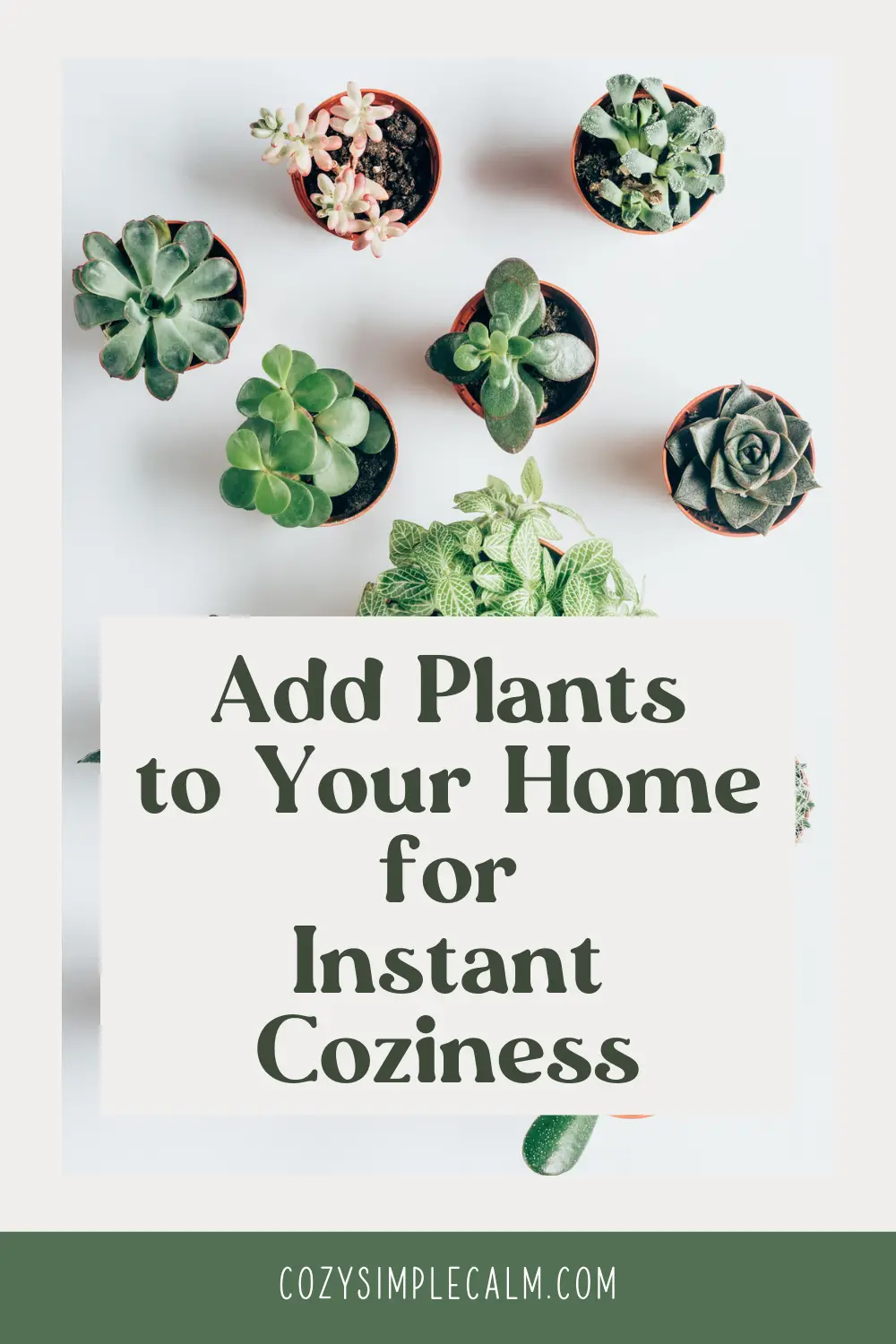
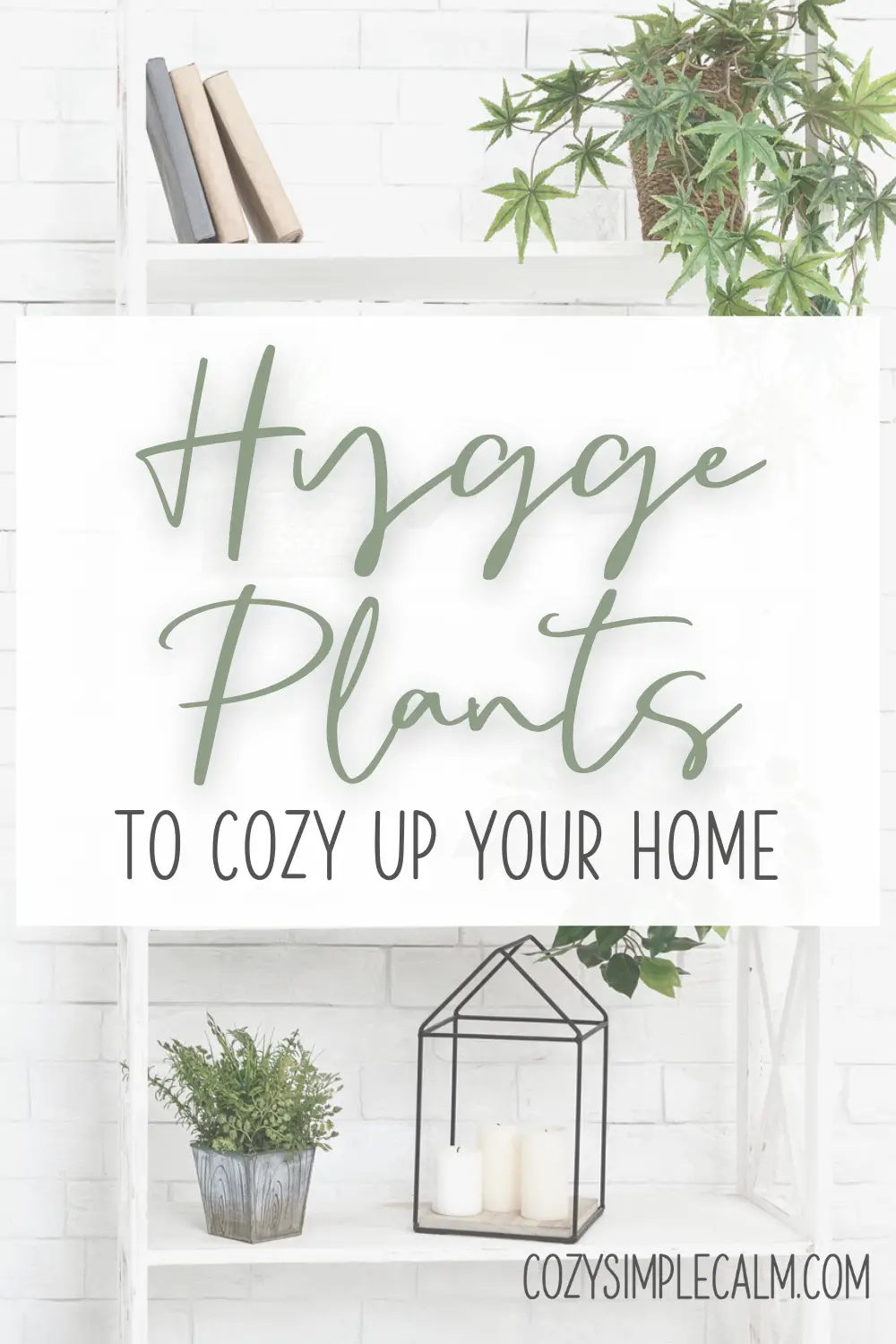


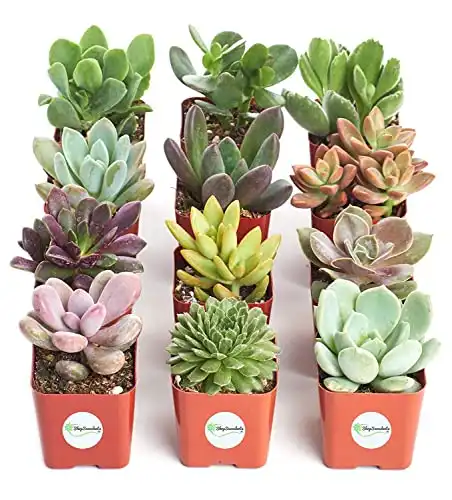
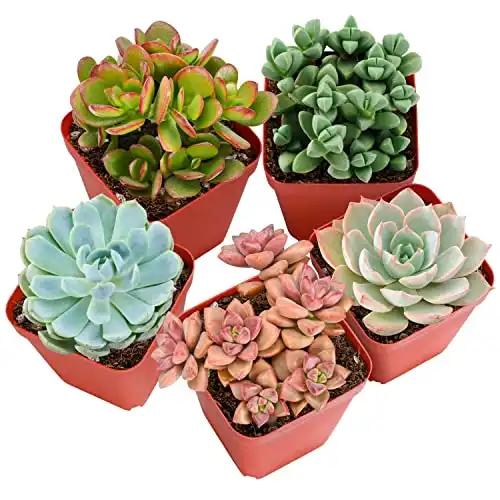


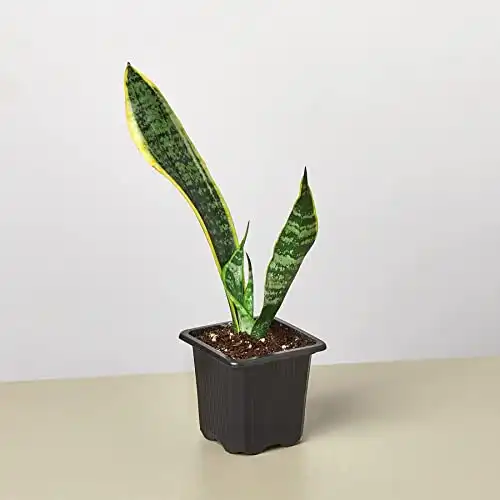
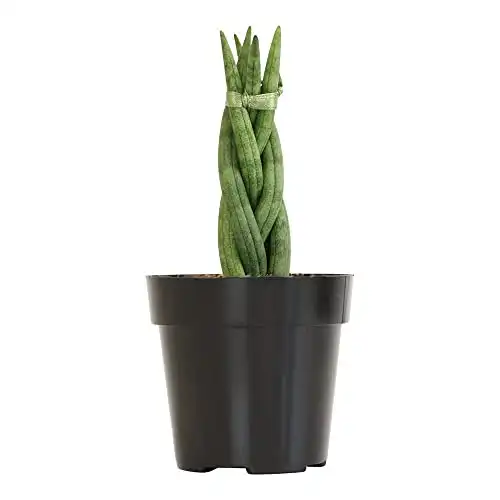
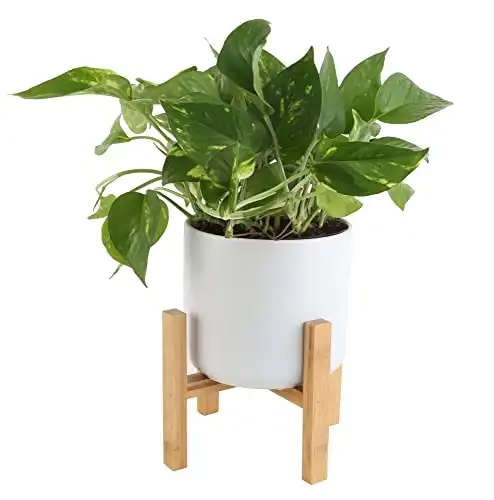
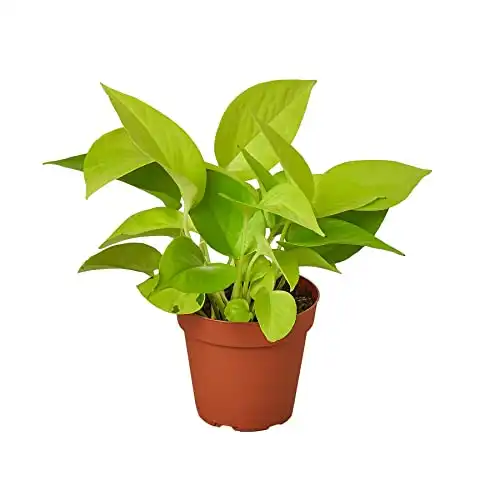
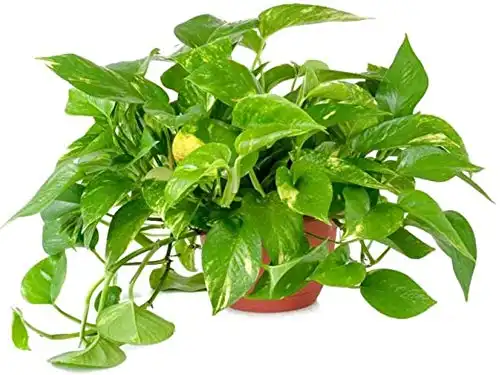
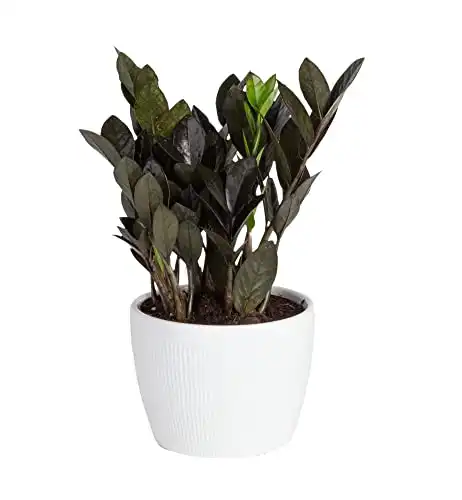
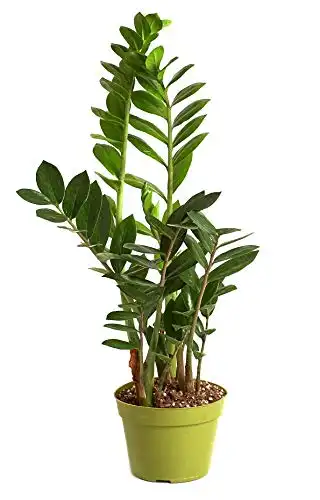
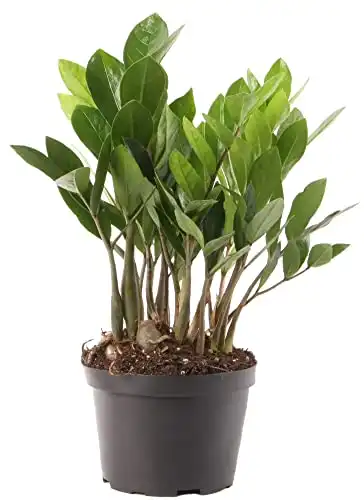
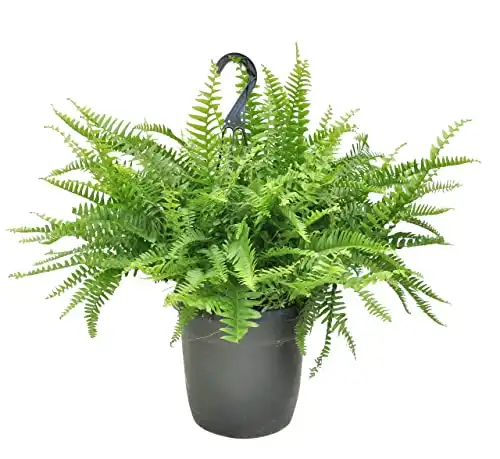
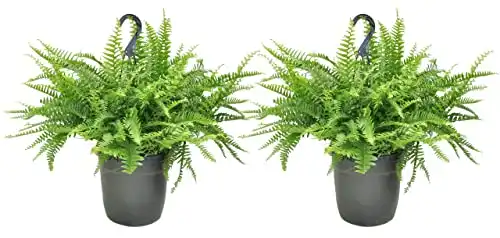
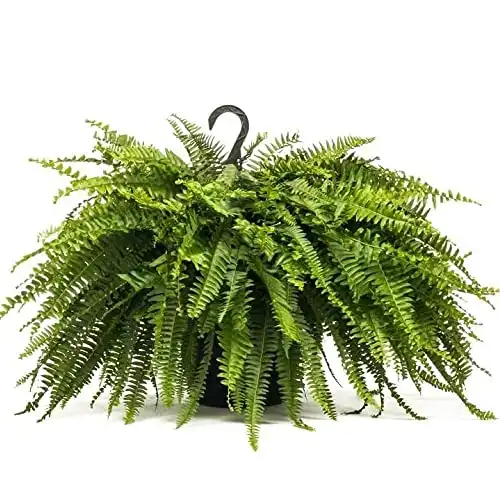
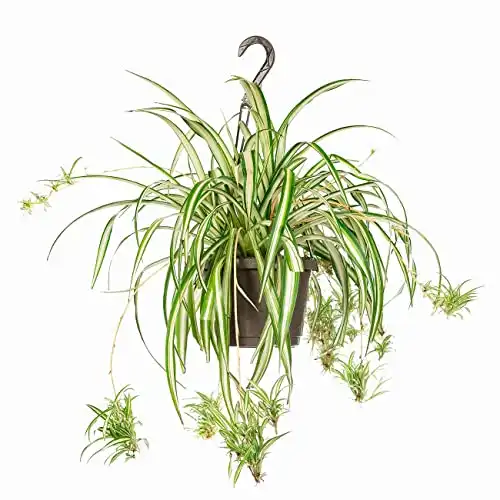
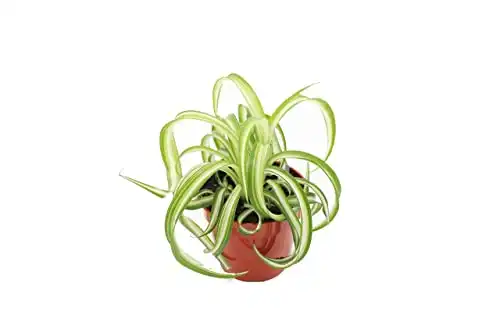
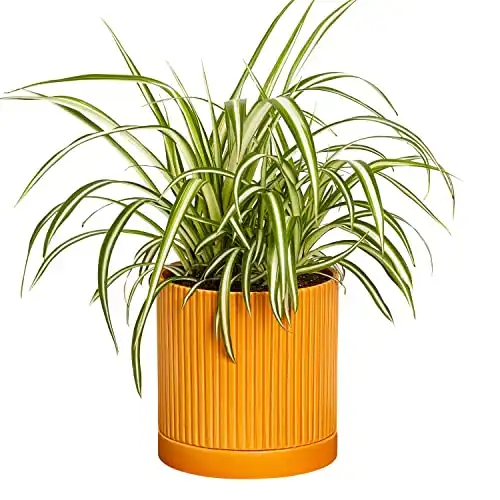
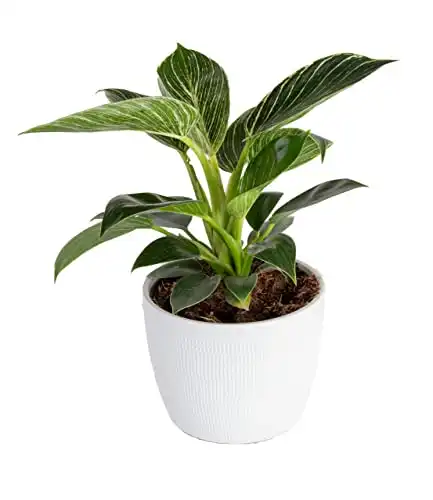
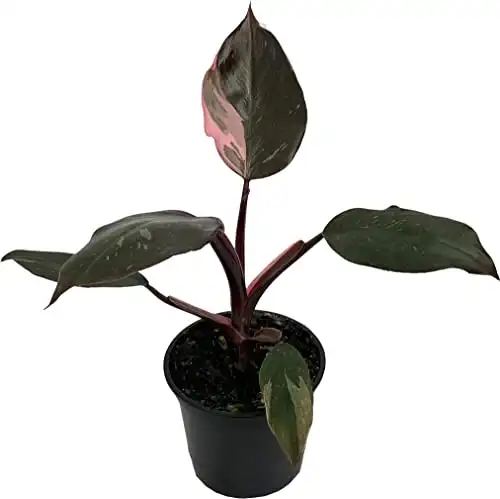
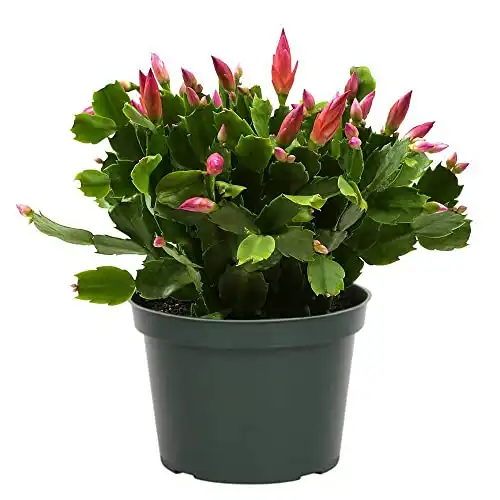
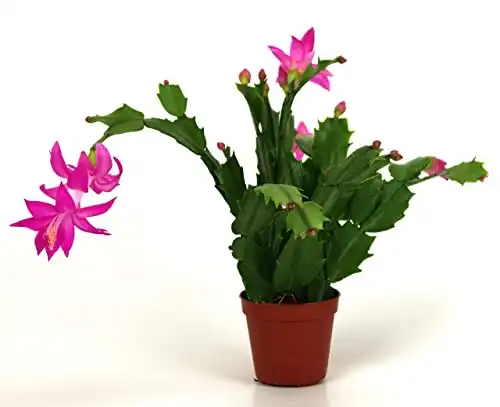
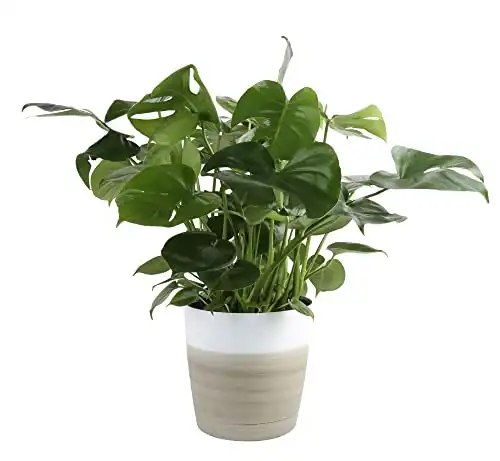
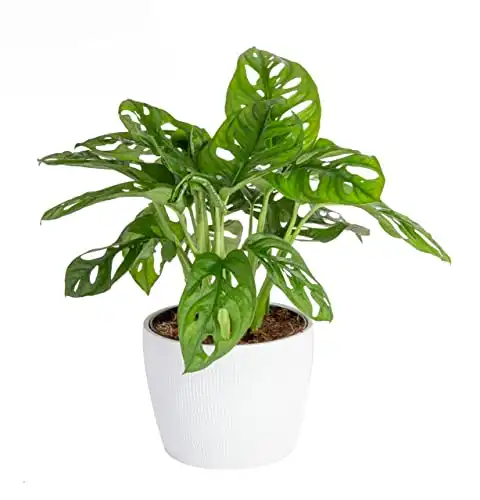
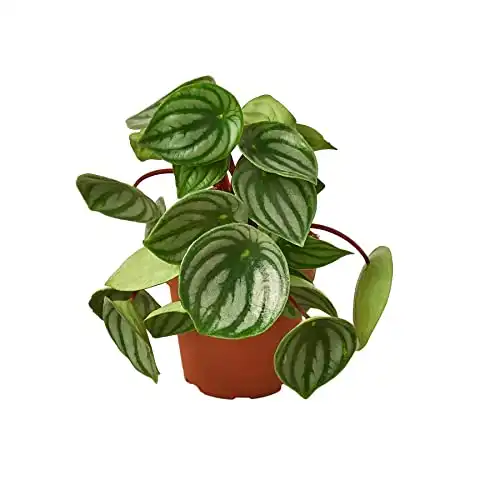


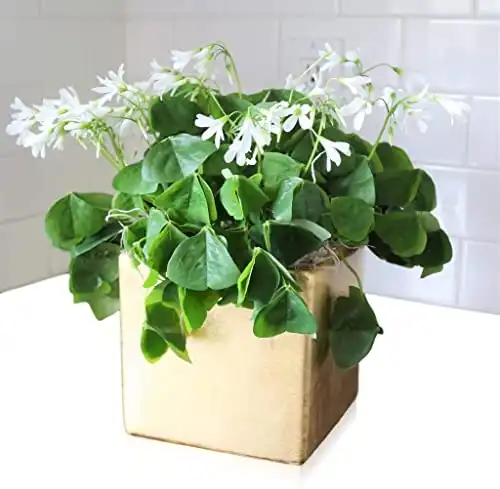
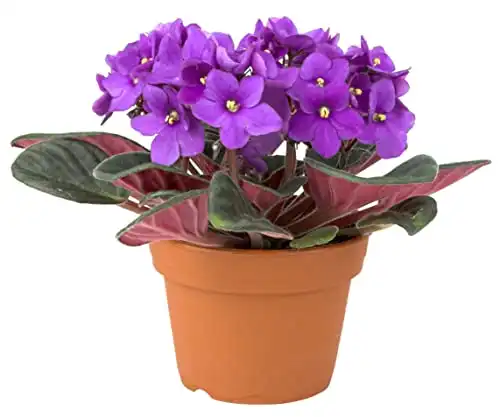
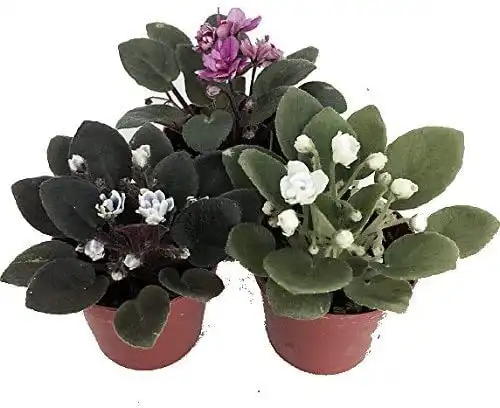
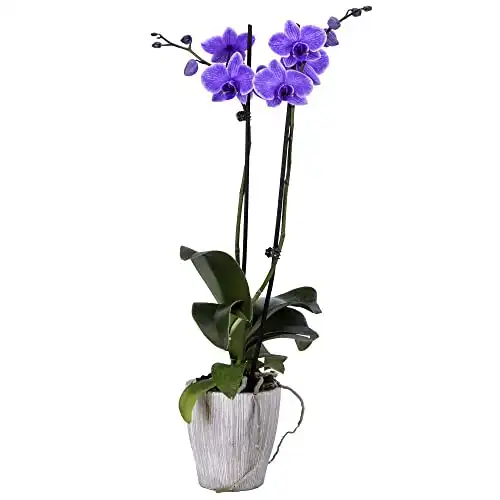
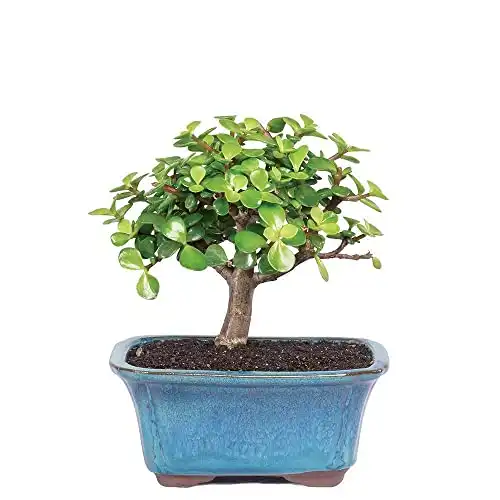
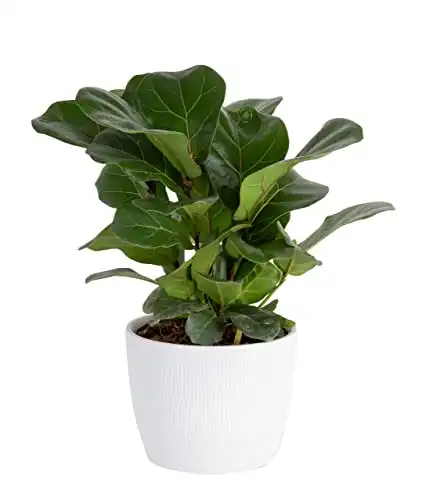
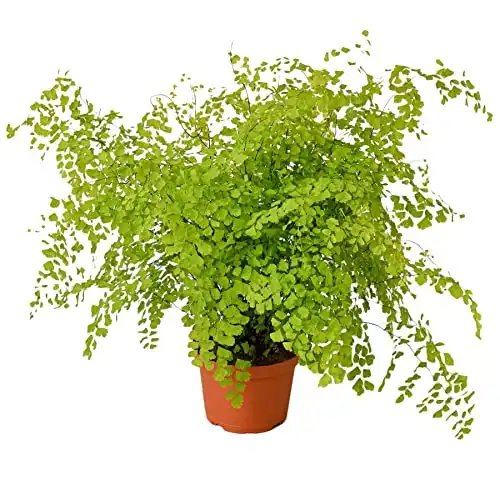
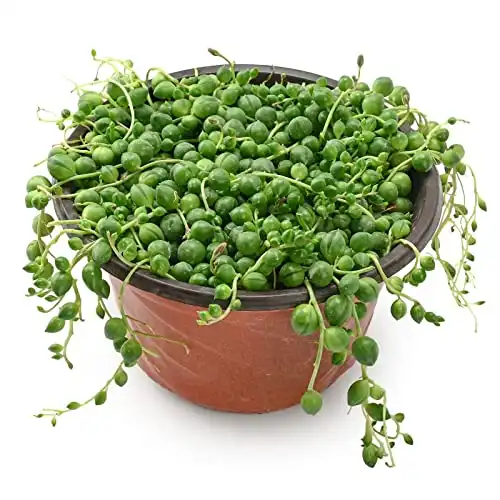
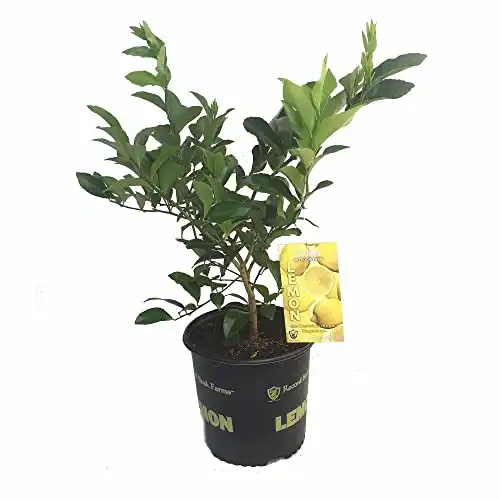
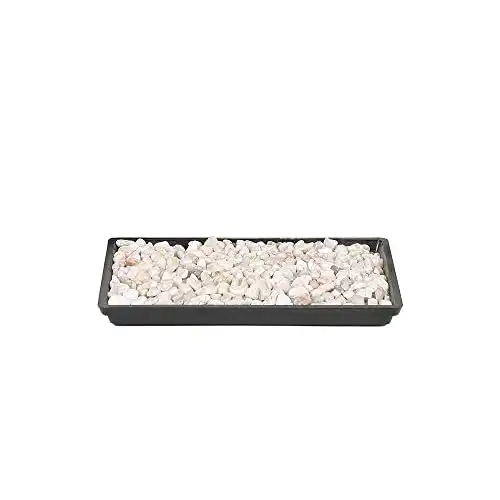
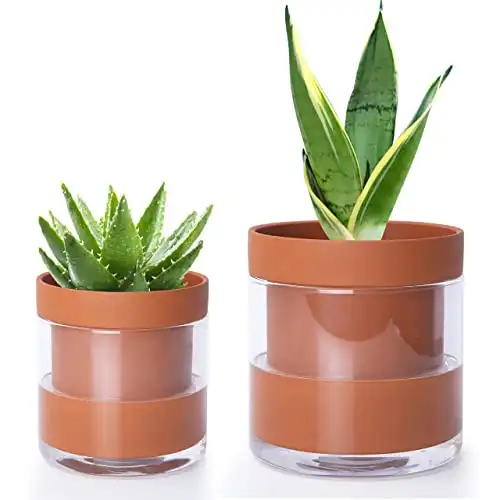
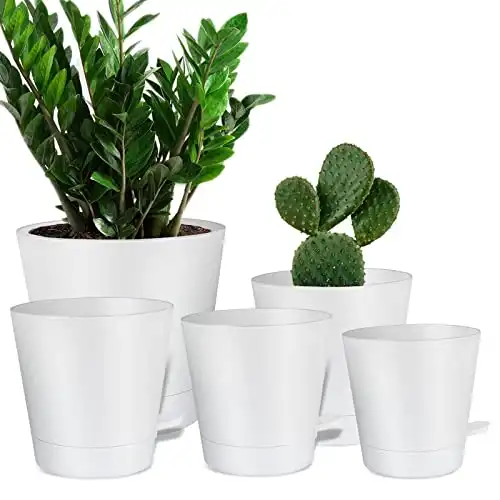
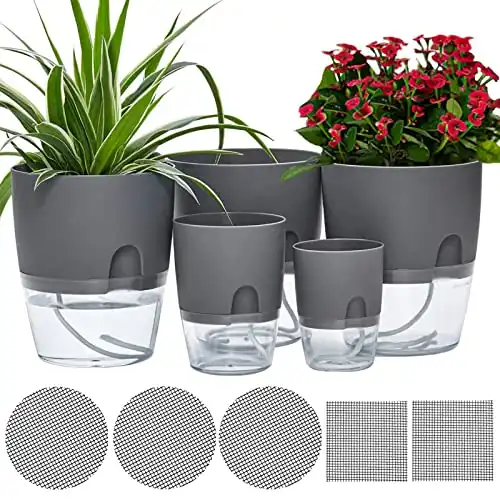

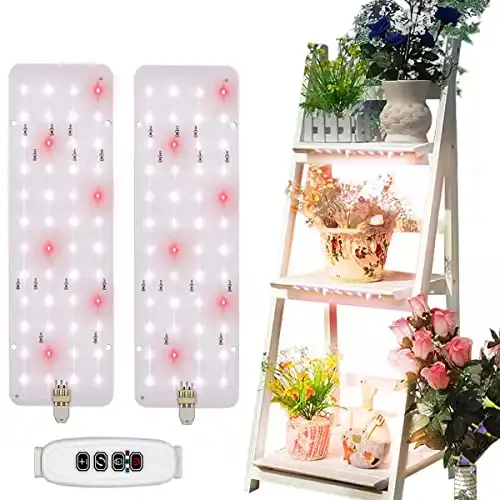
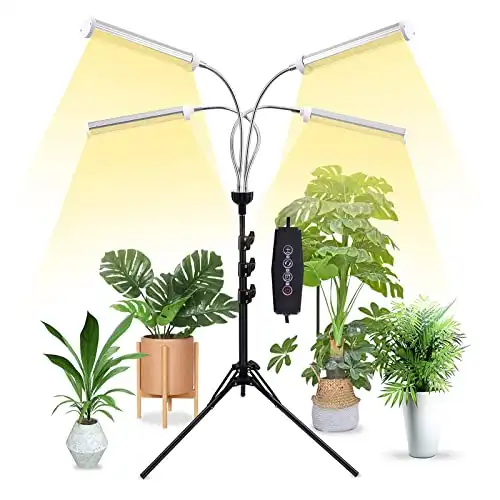
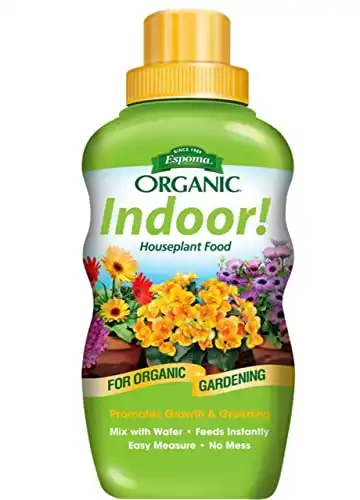
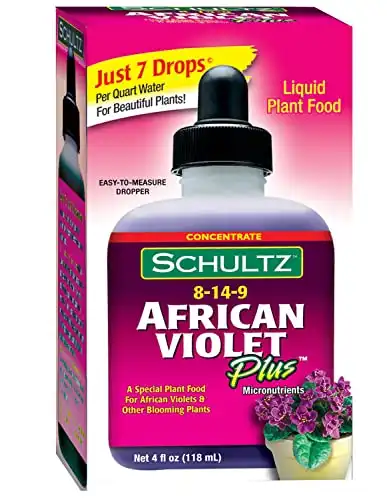
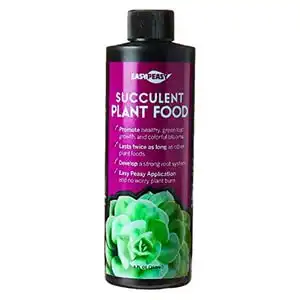
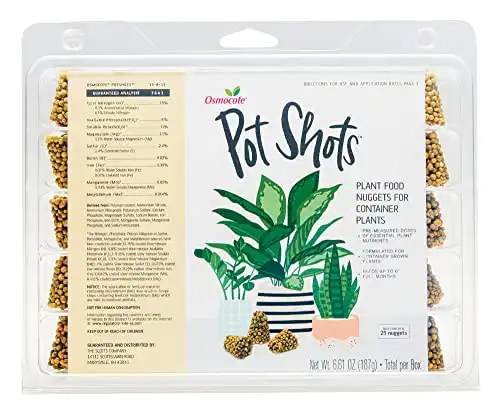
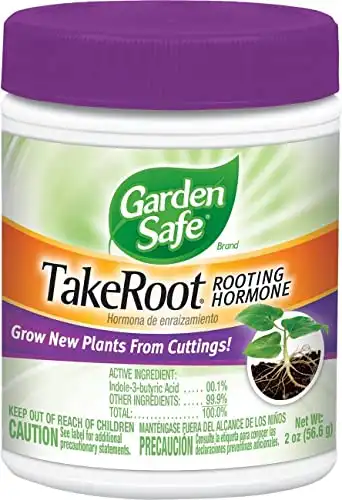
Thanks! This was really interesting. I love a bit of green wherever I am. I’ve been a plant mom for years and there is always more to learn.